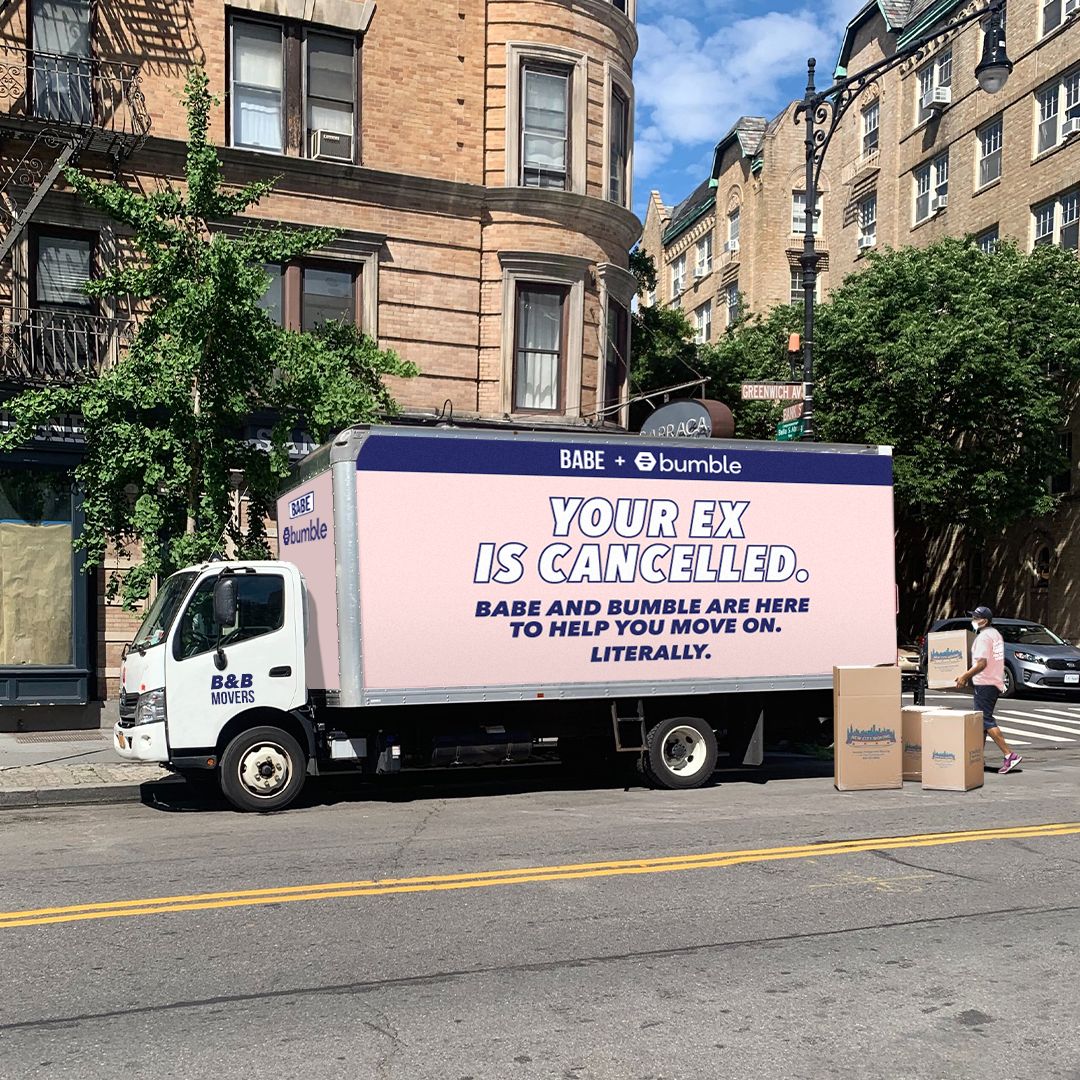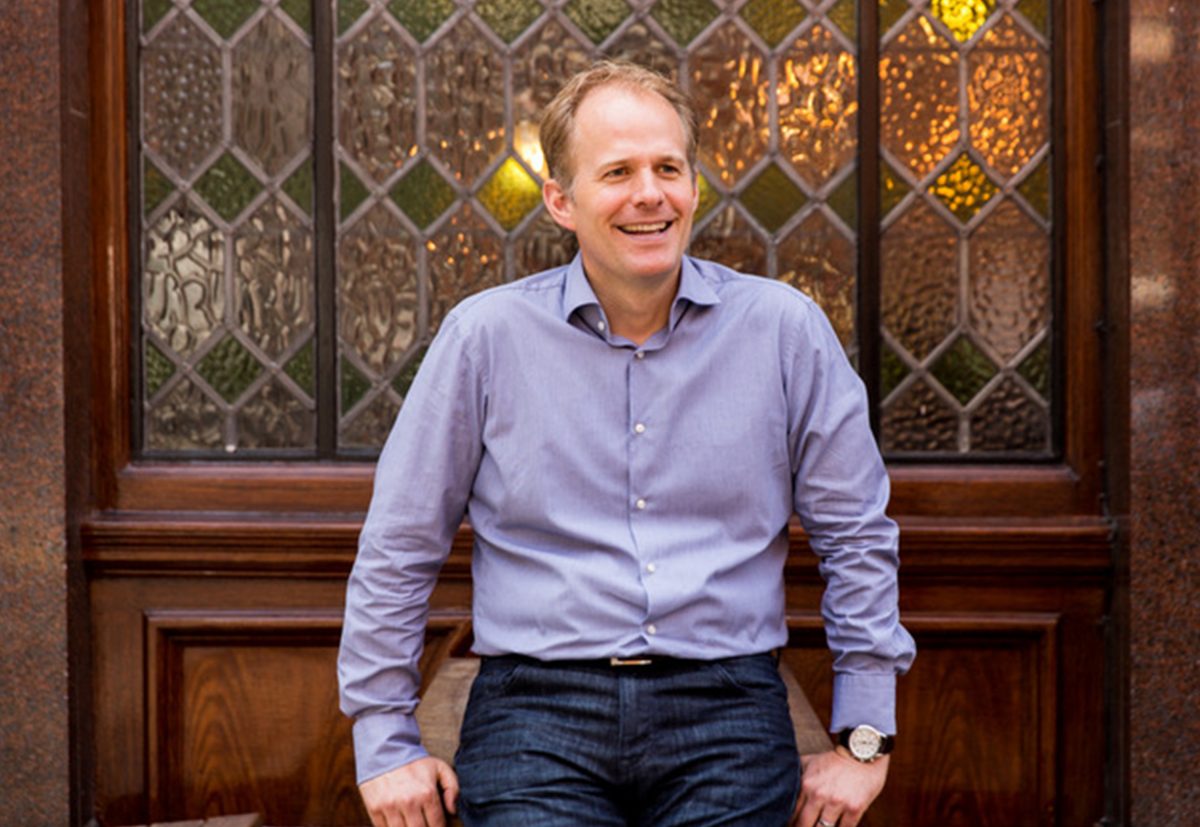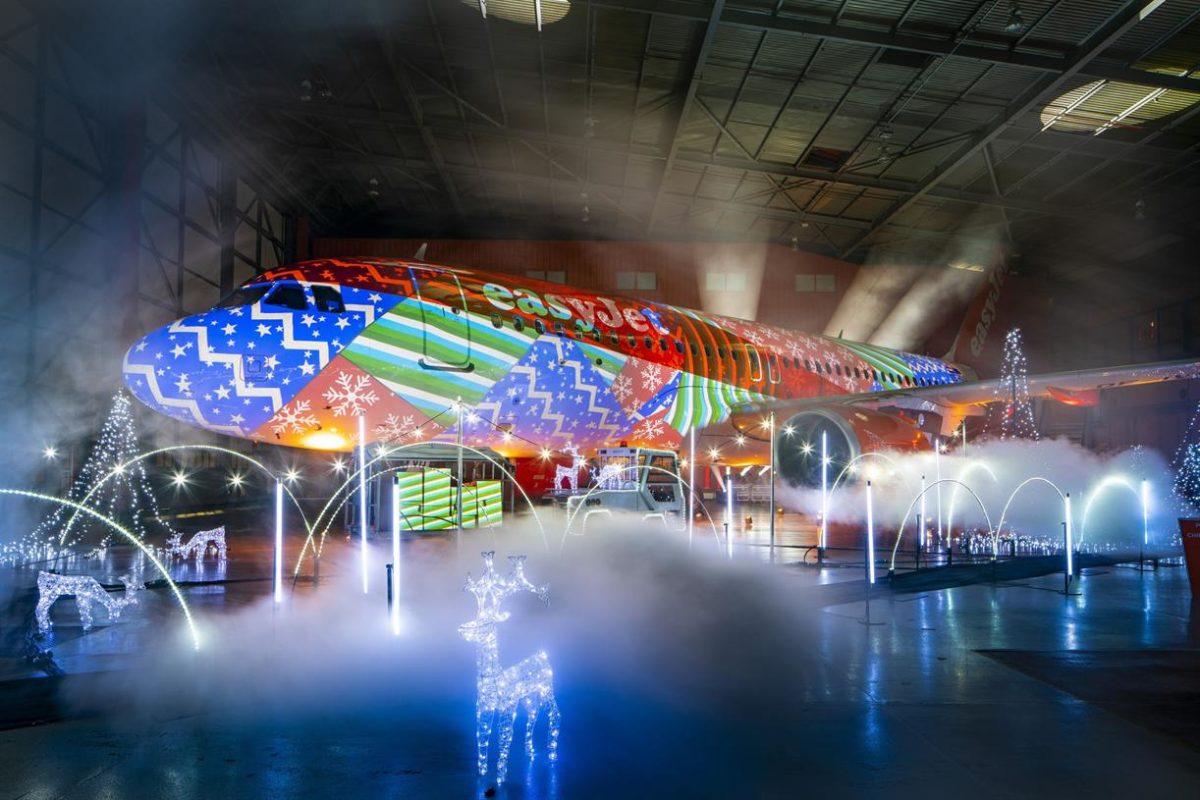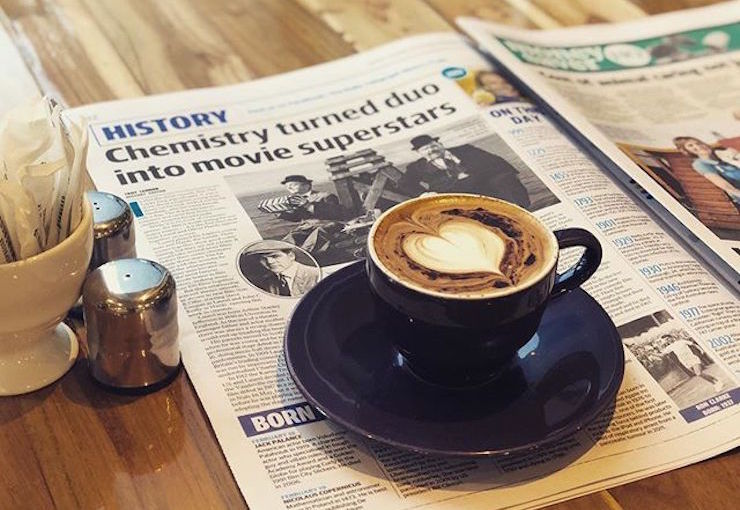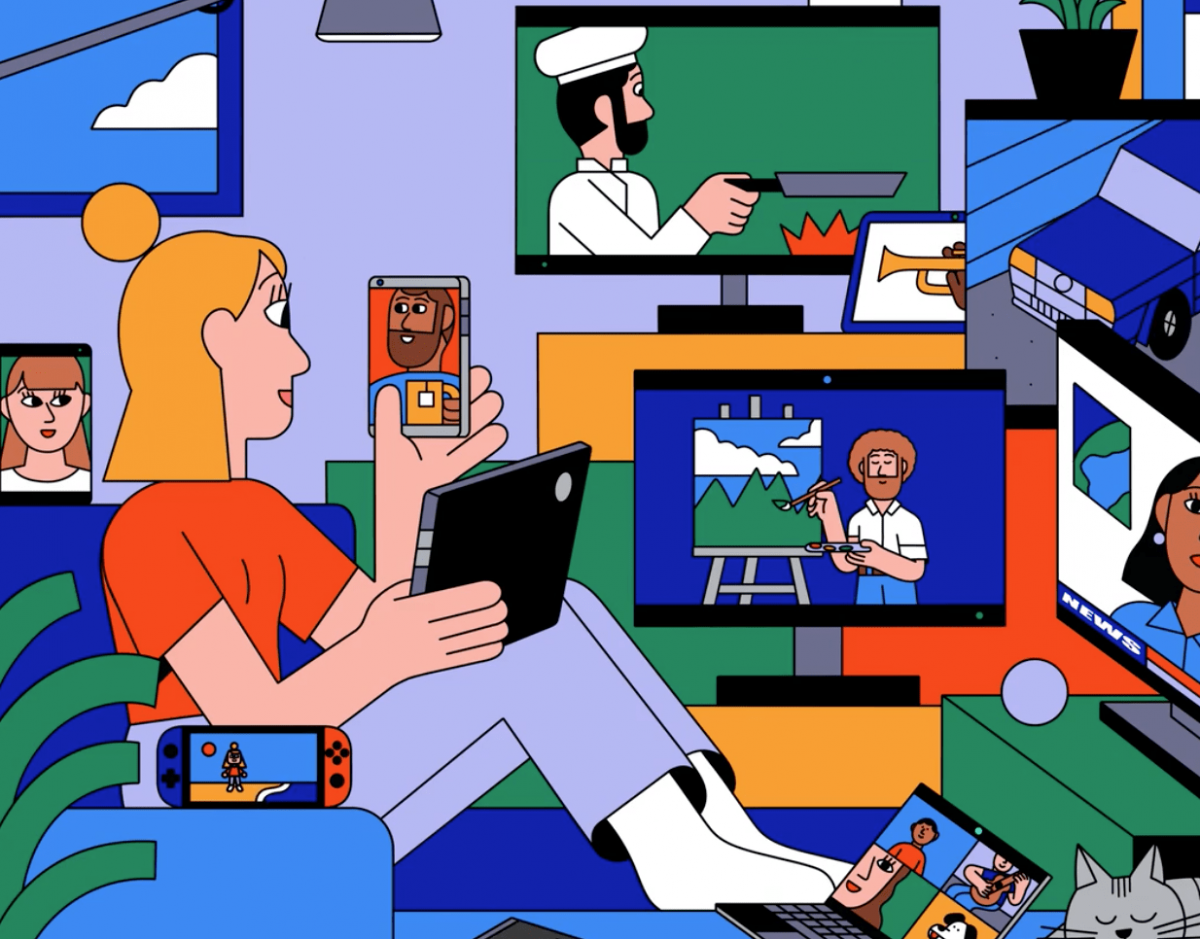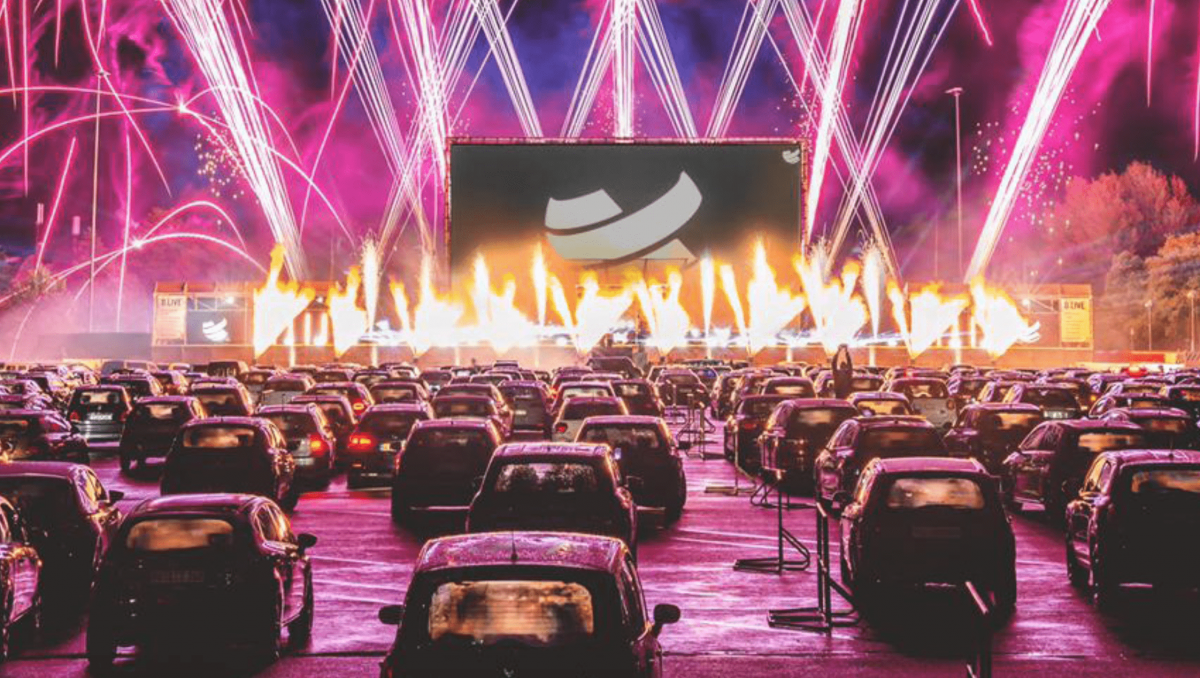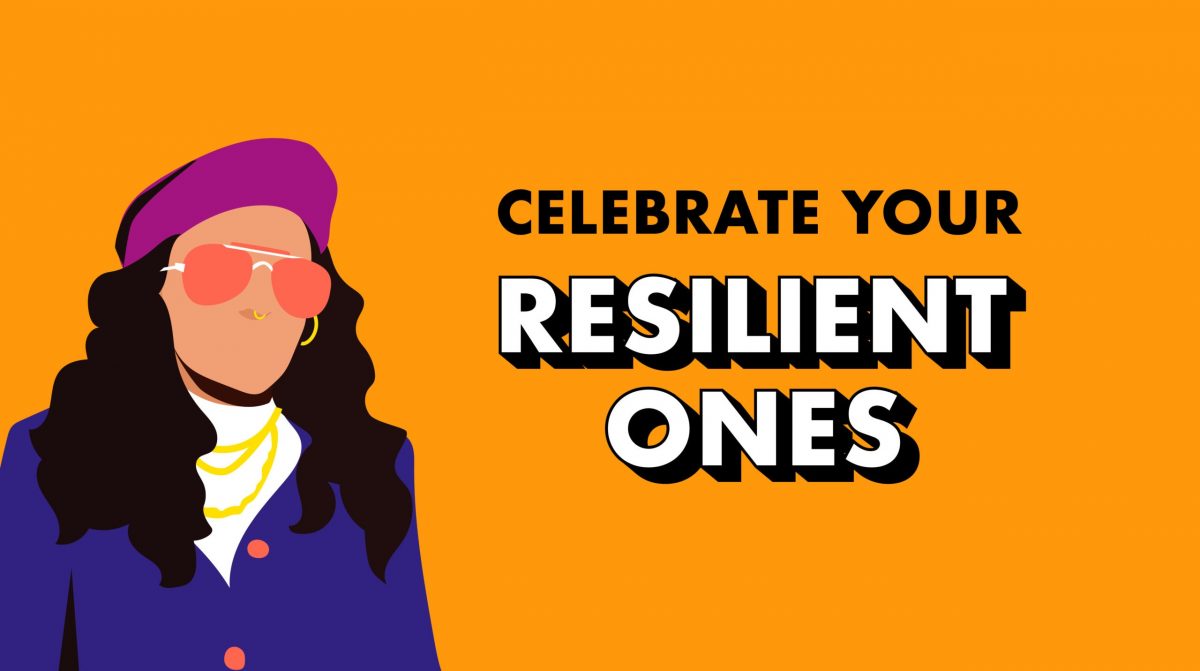Challenger brands have a bold vision to transform the market they exist in, to disregard the odds, and in doing so accelerate business growth and bring change to the industry. They have clarity around their purpose, which leads to a drive and identity that even market leaders struggle to match. Many of these challenger brands have been able to drive acquisition with brand experiences. This is how they did it.
The Thinking That Separates Challenger Brands From Everyone Else
Challenger brands know that it’s not the size of your media budget that defines you, it’s how you tell your story, how you choose to innovate and the way you push the category forwards in a consumer-centric way.
More and more of these companies are turning to brand experience to gain attention, drive acquisition, and sustain loyalty. It’s in their DNA to defy the rulebook, often looking beyond traditional marketing channels to deliver memorable, meaningful, and useful brand experiences that surpass all expectations. The result is challenger brands rising to the top, creating unforgettable brand engagement experiences at every touchpoint of the consumer journey.
Communicating Brand Values To Drive Acquisition
Challenger brands are defined by their state of mind. They have an idea of what the world should be like, and they work tirelessly to achieve that change.
A great example of this is Tony’s Chocolonely, a brand that challenges the ethics of the chocolate industry and commits to “100% slave free” chocolate production. The Netherlands-based business became the leading chocolate brand in its home country without the use of paid ads. Consumers are more willing to recommend a brand that supports a good cause over one that doesn’t, proving that it’s likely this ethical stance is driving word of mouth and rapid growth.
From the unequal and uneven pieces of chocolate itself (cleverly representing the cocoa industry) through to the convention busting aesthetic, Tony’s Chocolonely tells its story at every available opportunity. There is no better way of doing this than showing up in the real world, with a meaningful brand experience tour.
A Brand Experience Can Humanise Your Brand
The most successful companies humanise their brands in ways that make their marketing more relatable and magnetic. A recent study reveals that brands who deliver humanised experiences were twice as likely to outperform the revenue growth of their competitors.
Swedish oat milk brand, Oatly are the masters of this. Famous for their simple, humble, and irreverent tone of voice, they have historically avoided traditional marketing channels and instead opted for grassroots guerrilla tactics, such as murals, fly posting, and product sampling. This grassroots approach even goes so far as to make fun of marketing, which is refreshing for consumers, positioning Oatly as the favoured underdog.
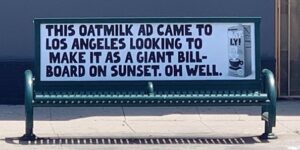
When launching in the US, rather than investing in droves of Google ads, Oatly decided to expand its commercial reach and raise vital product awareness by going straight to the front line – the coffee shops. This approach saw Oatly team up with a selection of artisanal coffee shops, positioning itself as the greatest alternative to dairy, searing its name (and taste) into the minds of satisfied coffee drinkers across the nation.
See Everything As A Medium – With A Generous Dose Of Creative Courage
The most successful challenger brands take a format-free approach to marketing, which results in original experiences that cut through and don’t cost the earth.
Babe Wine, fronted by The Fat Jewish, embodies this way of thinking with its unconventional marketing campaigns. After giving away millions of dollars’ worth of wine on social media at the beginning of quarantine, the brand created a socially distanced manicure truck to deliver much needed TLC to New Yorkers, partnered with Bumble to help fans survive lockdown breakups, built its own Monster Truck, and released jockstrap-scented candles.
These newsworthy experiences, combined with its consumer-savvy, social-first strategy, have kept the sales fizzing, building on its DTC efforts.
Stay Tuned In To Opportunities That Drive Acquisition
Challenger brands are typically fast to react to their environment, using all viable opportunities to drive brand engagement and customer acquisition. Unlike above-the-line channels, brand experience can often be deployed quickly and at little relative expense, meaning it’s a helpful tool to have in the armoury.
Miami-based debt relief app Relief recently disbursed 10,000 lookalike business cards, inviting recipients to take practical steps to get their finances in shape, playing on the theme of the Netflix hit show, Squid Game. This is not only a highly PR-able stunt but also a hardworking and cost-effective acquisition driver.
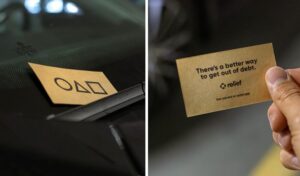
Reactive marketing can be increasingly difficult to pull off. The fallout from badly received content can cause immense damage to a brand’s reputation, sometimes so that it would have been better to remain silent. It’s important for marketers to time campaigns wisely and treat reactive marketing as more of an occasional opportunity within a wider marketing strategy.
Spark Joy And Reap The Rewards
For those challenger brands who may be looking to go public, it’s worth knowing that guerrilla marketing campaigns that draw on emotions like joy are associated with positive activity on the stock market, according to a study published by the Journal of Advertising Research.
Dating app Bumble, who went public earlier this year, has caught consumer attention through high-impact stunts, gimmicks, and events since their conception in 2014. These experiences have ranged from handing out yellow roses on Valentine’s Day, raising awareness of catfishing through The Great Catch food truck, and taking over coffee shops for the Bumble Hive experience. Understanding how investors respond to these initiatives can guide marketers as they map out their brand plans.
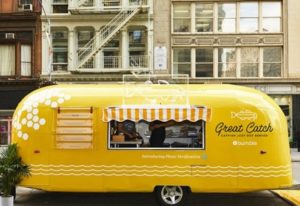
In today’s fast-moving and volatile market, it pays to have a challenger mindset. Covid-19 has shaken up industries across the board and no matter your company’s size, your survival is at risk if you fail to disrupt, excite, and prove your innovative edge. These successful challenger brands maintain a fresh outlook on experiential marketing and focus on delivering incredible, format-free brand experiences with a nimble, bold, and creative approach to everything they do.
Driving acquisition through brand experience is not limited to challenger brands. By the same token, operating with the mindset of a challenger brand is not something out of reach.
Sense invites you to explore the opportunity that exists in brand experience and engagement. Take a stroll through our brand experience portfolio to see how we’ve pulled it off for many brands – both challenger and non-alike.
Hayley James is Vice President at Sense New York.

